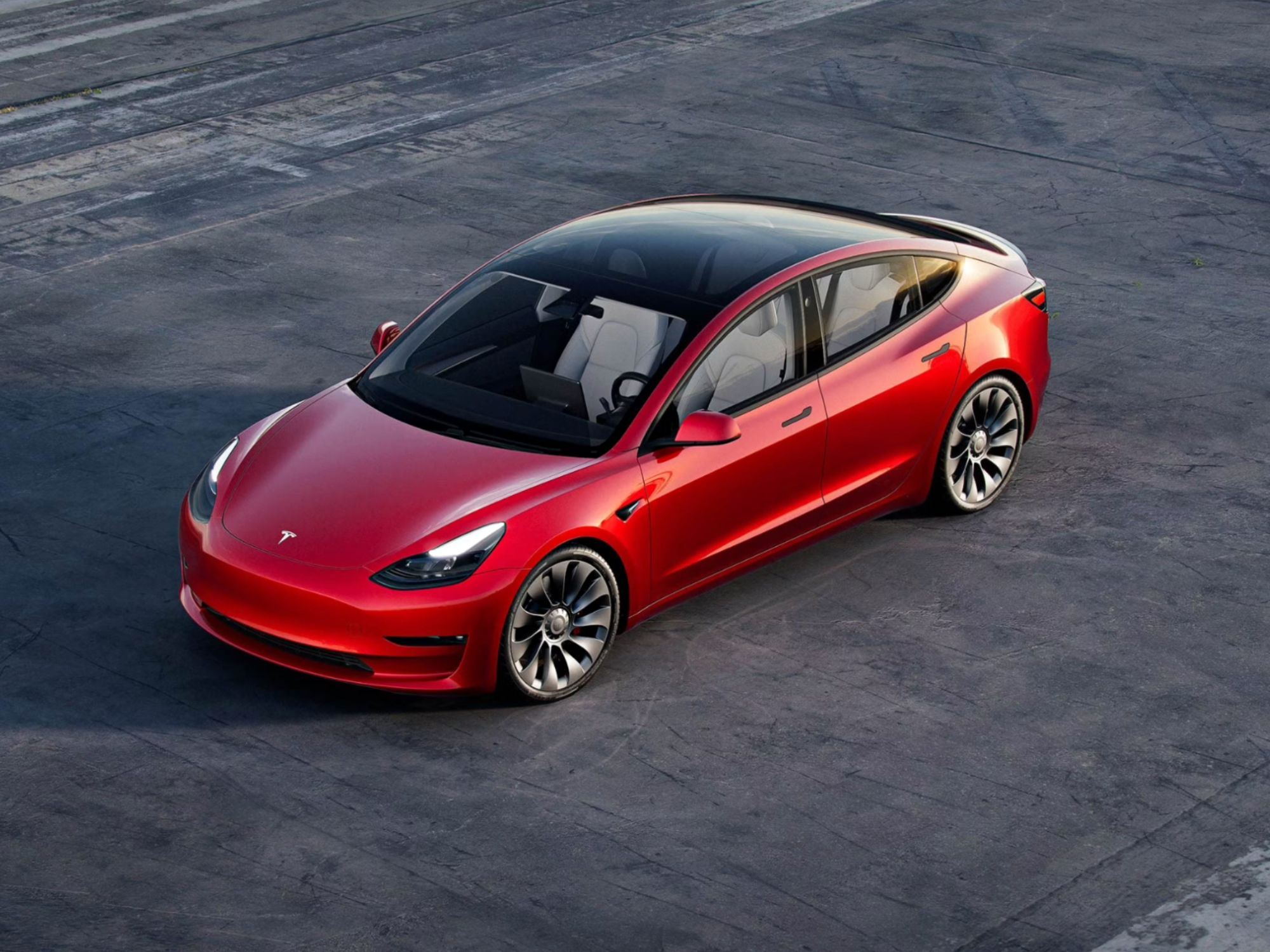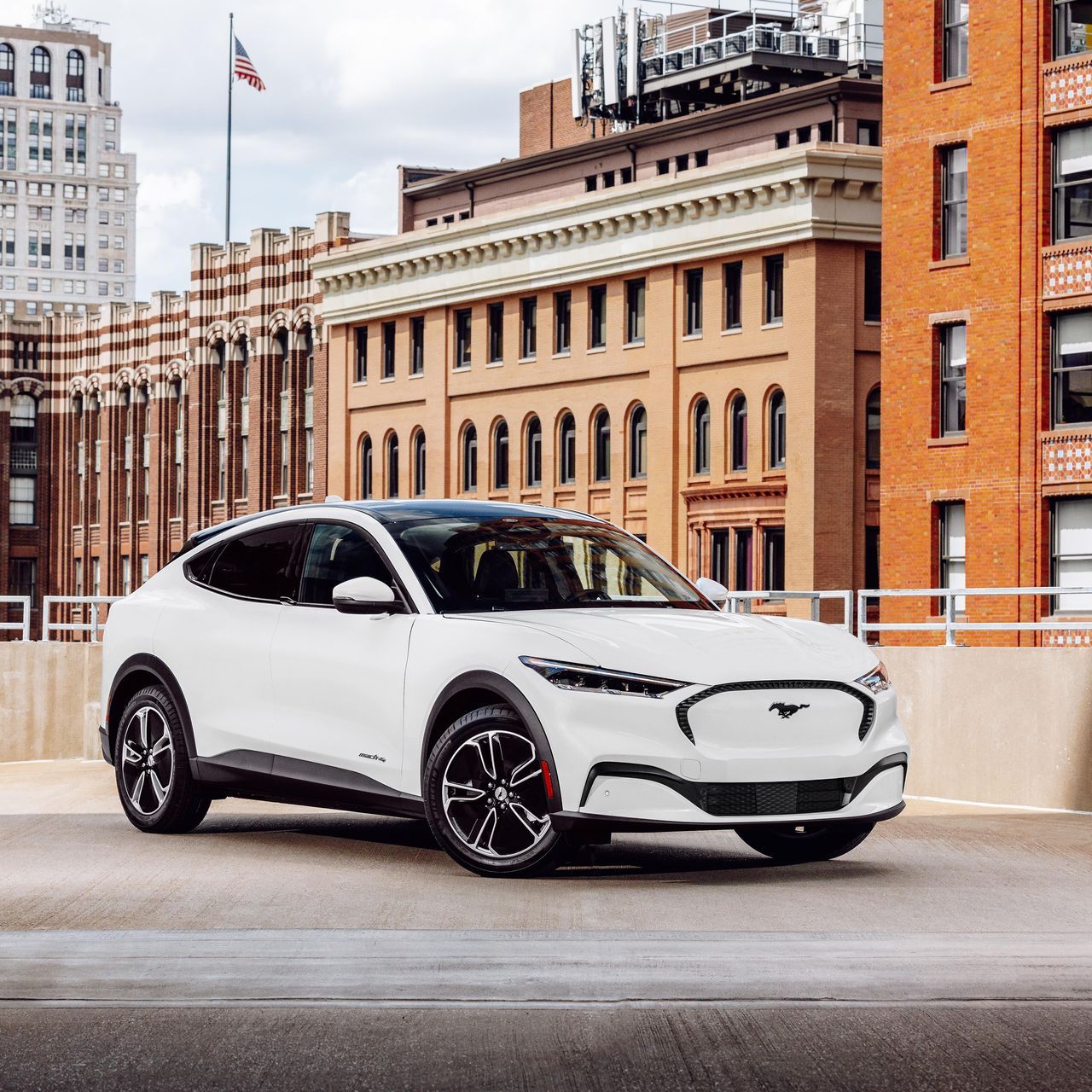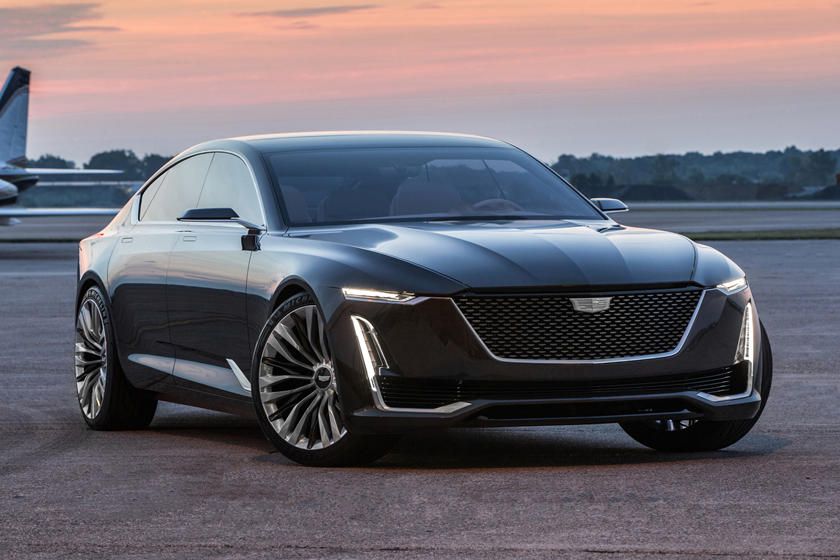Over the past few years, there's been a massive shift in the industry's focus. Almost every company is coping with the new wave of change for the better.
The environment-friendly products are the front-runners of the game now. From sports cars to SUVs, Ford to Lamborghini, it doesn't matter what type of car or company it is, this futuristic leap includes everyone.
We've come a long way from the beginning of this notion, many improvements and developments have occurred in this given time, but there are still things we have to consider while deciding about going electric.
We'll go through some of the more important ones that every customer should pay attention to buying an EV.
Pay Attention To The Range
Identifying the kind of vehicle you need is merely the first step. In addition, the kind of vehicle you choose will depend on your travel intentions. And the amount of range you'll need depends on the driving you want to undertake.
When it comes to electric cars, the battery is the most costly component, and the larger it is, the more expensive it will be. When looking at range specifications, keep in mind that the claimed value is the best-case scenario. Your driving style will affect the total range and the exact distance you can drive. If you drive too quickly, your battery will run out sooner, much as if you went too fast in a gasoline vehicle.
It's no secret that electric cars are plagued by the dreaded range anxiety. Let's take a look at some statistics. For starters, kWh stands for kilowatt-hour. Depending on the efficiency of the battery-electric cars on the market, each unit may provide up to 5 miles of driving.
The standard battery pack for an electric vehicle is between 50 and 80 kWh. As an example, the Hyundai Kona EV's range is estimated at 300 miles. The regular driver travels around 35 miles each day; thus, the battery lasts roughly 8 days for the average user unless they have long commutes every day.
In time, the battery's ability to perform at this level diminishes. On cold, hot, or rainy days, it is reasonable to assume a further reduction in range due to the usage of heating, air cooling, or defrosting.
Consequently, the range will be reduced in many years' time under poor weather circumstances, but it will still provide several days of travel for the average driver in that time period. Furthermore, heat pump technology is currently used in a wide range of automobiles. Because these heat pumps use less energy than typical heaters, the range is less adversely affected by inclement weather.
Hybrid-Electric Vs Mild Hybrid Vs Plug-in Hybrid
A hybrid-electric vehicle is a vehicle that has two energy sources: a battery with an electric motor and a high-efficiency gasoline engine. The battery and electrical system allow the engine to operate in the most effective condition possible, increasing range while reducing carbon emissions to an absolute minimum. Because the electric system is capable of propelling the vehicle, the vehicle may operate silently in electric mode for up to many kilometers when it would be wasteful to utilize the engine.
The propulsion system of mild-hybrid cars is the same as regular diesel and petrol automobiles. Traditional vehicles use a 12 V lead-acid battery, whereas mild hybrids use 48 V lithium-ion batteries, which are far more efficient. Thanks to this technology, the automobile can run more efficiently and generate less carbon dioxide than a regular vehicle, but it doesn't really move the vehicle forward.
A plug-in hybrid vehicle is a type of hybrid car that hosts a comparatively bigger battery that can be mounted in the vehicle like a battery-electric vehicle. It is often engineered to go that every day 50 km without using the engine. For longer trips, the engine will be utilized, while for shorter ones, the car can remain in all-electric mode. In order for the car to be completely eco-friendly, drivers must charge it daily.
Harder To Buy Than To Maintain
Electric cars are indeed vastly pricier than their petrol equivalents, but that trend is starting to dial down a bit, and hopefully, EVs will be more affordable in the future. However, besides the buying price, almost all the other aspects of owning an electric car tend to cost less. When compared side by side and in the same amounts needed for the vehicle, electricity costs less than its conventional counterpart.
Also, electric cars will be less problematic in terms of maintenance because they are run by electric fuel. Therefore, they have fewer components under their hood, and that’s a big part of maintaining a petrol vehicle.
Beware Of Your Local Climate
If you reside in a hot or cold climate, you should be aware that temperature variations will impair an electric car's battery and total range.
Lithium-ion batteries become lethargic in cold weather, making them less efficient in storing and releasing energy, which reduces the car's total range. At temperatures from 15 to 26 degrees Celsius, lithium batteries are at their most efficient.
In fact, studies show that driving an EV in temperatures as low as -6 degrees Celsius reduces your range by up to 41%. Fortunately, thermal management technologies have been created by several firms, including Tesla, to maintain their batteries warm in cold weather. Those who live in especially cold climates should, of course, be prepared.
Having to use the air conditioner while you're driving might reduce your range in hot weather. When it's 35 degrees outside, your car's range might be reduced by up to 17%. It's not quite as critical as driving in cold weather, but it's something to keep in mind if you live in a state like Arizona, where the weather is erratic.
When the temperature rises over 46 degrees Celsius, things start to get a little more challenging in battery chemistry. That being said, if you have to drive in such heat, you probably have more pressing concerns.

.jpg)



